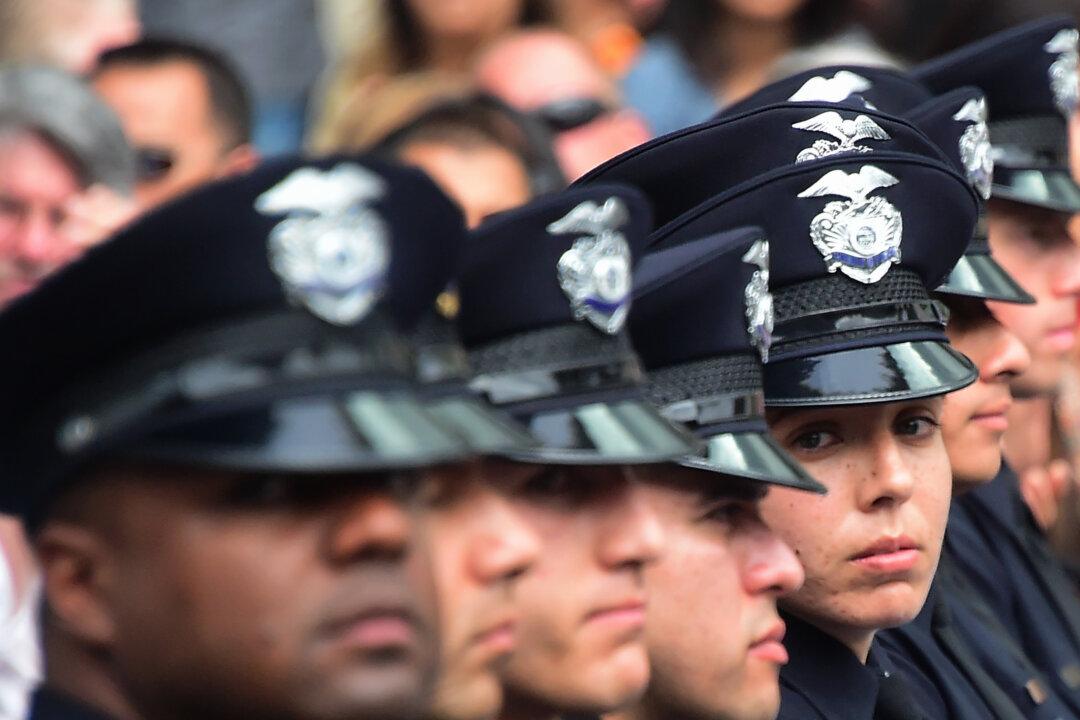Commentary
Working as a police officer is dangerous. According to a report published by ISHN, a magazine dedicated to health and safety, “compared with the average job nationwide, based upon the workplace fatality rate,” working as a police officer is 4.1 times more dangerous.
Police officers now have a workplace fatality rate “similar to maintenance workers, construction workers, and heavy vehicle mechanics.” A new report, published by the National Fraternal Order of Police (FOP) shows just how dangerous being a police officer really is.
The FOP, the world’s largest organization of sworn law enforcement officers, has more than 364,000 members. The organization describes itself as “the voice of those who dedicate their lives to protecting and serving our communities.”
In January 2023, according to the organization’s report, 34 of those who have dedicated their lives to protecting and serving their fellow Americans were shot while on duty, marking a 113 percent increase from the same time period in 2020.
In 2016, 237 police officers were shot on duty; 53 of them died. In 2020, the number of shootings jumped to 312, with 47 killed while on duty. Last year, the number of shootings and fatalities rose significantly: 331 police officers were shot, and 62 were killed while on active duty.
Ambush attacks, which involve an officer or officers being fired upon without warning or an opportunity to defend themselves, have become increasingly common, the report said.





